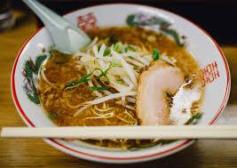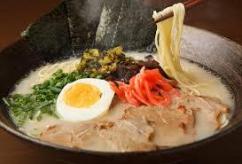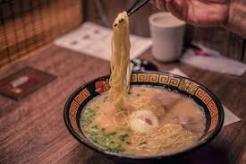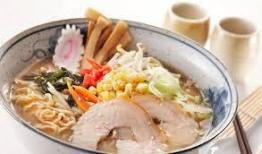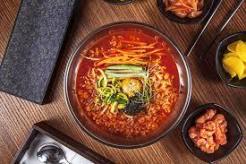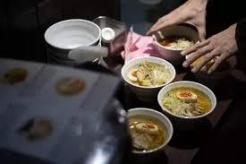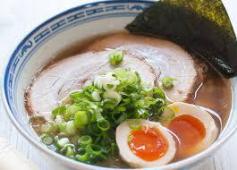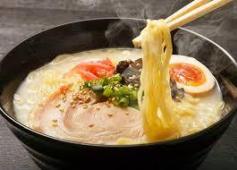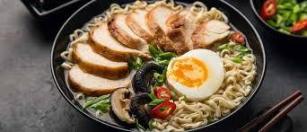A Slice of Japan: A Sashimi Adventure
The Art of Sashimi: Understanding the Basics
Sashimi, an integral part of Japanese cuisine, has a rich history that dates back centuries. Originating during the Edo period, this culinary art emphasizes the simplicity and purity of fresh fish, elevating it to an exquisite dining culinary experience. Unlike sushi, which typically includes vinegared rice alongside various toppings, sashimi is defined solely by its raw seafood presentation, showcasing the natural flavors and textures of the fish. The distinction between the two reinforces the essence of sashimi as a separate yet complementary part of Japanese gastronomy.
When discussing the essential elements that constitute sashimi, one cannot underestimate the importance of freshness. Fresh ingredients are paramount in sashimi preparation, as they directly influence the taste and enjoyment of the dish. Commonly used types of fish include tuna, salmon, mackerel, and octopus, though various other seafood options are also employed, including shellfish and sometimes even vegetables for a unique twist. The fresher the fish, the better the quality of the sashimi, making it crucial to select the right suppliers and adhere to strict quality standards.
The preparation of sashimi is not only a culinary task but also an art form. Chefs trained in this craft often undergo rigorous apprenticeships, where they master the techniques of slicing fish with precision. The skillful cuts made by the chef enhance the visual appeal of the dish while also ensuring optimal texture and taste. The presentation plays an equally vital role, as sashimi is often served with garnishes such as wasabi and shiso leaves, which complement the flavors and elevate the overall dining experience. Understanding these elements is essential for appreciating sashimi fully, as they highlight the dedication to quality and artistry inherent in this traditional Japanese dish.
Exploring Different Types of Sashimi
Sashimi, a quintessential element of Japanese cuisine, encompasses a diverse array of dishes that extend far beyond the traditional offerings of tuna and salmon. While these popular fish are often the first that come to mind, sashimi can feature an impressive variety of seafood, each presenting unique flavors and textures. For instance, mackerel, with its rich and oily surface, is appreciated for its robust taste and is frequently served with a touch of vinegar to enhance its complexity. Additionally, delicate options such as octopus, known as 'tako,' showcase the skill involved in sashimi preparation, as the octopus must be tenderized prior to presentation.
Another standout in the sashimi domain is uni, or sea urchin. This delicacy boasts a creamy texture and a briny sweetness, often enjoyed by those seeking a more adventurous tasting culinary experience. In Japan, regional specialties play a significant role in sashimi offerings. For example, in Hokkaido, one may find 'sazae,' or turban shell, sashimi, presenting a taste that reflects the local marine environment. In contrast, Kyushu is known for its fresh 'saba,' or mackerel, offering a unique flavor profile that varies by location.
The presentation of sashimi also varies across different regions, with chefs incorporating local traditions into their plating style. Garnishes such as shiso leaves, daikon radish, and edible flowers not only enhance the visual appeal but also serve to elevate the overall sashimi culinary experience through complementary flavors. Accompaniments like soy sauce, wasabi, and pickled ginger further ignite the palate, allowing diners to appreciate the intricate nuances of each sashimi dish. Overall, the world of sashimi is rich and diverse, highlighting the cultural significance of each ingredient and preparation method utilized throughout Japan.
Sashimi Etiquette: How to Enjoy This Culinary Delight
Sashimi is not merely a dish; it is an experience steeped in tradition, requiring an understanding of proper etiquette to fully appreciate its nuances. When dining at a restaurant, the first step involves selecting your sashimi wisely. Opt for a reputable establishment known for its freshness and quality. It is beneficial to inquire about the day's offerings from the chef or server, as seasonal items often provide the richest flavors.
Using chopsticks is an integral aspect of the sashimi experience. Although some may choose to use their hands, it is generally accepted to employ chopsticks for practical reasons. When holding chopsticks, position them near the thicker end, ensuring a proper grip without excessive force, which can lead to breakage. When selecting a piece of sashimi, pick it up gently, avoiding any squeezing or pinching that may mar the delicate texture.
The components of your sashimi culinary experience extend beyond the fish itself. Soy sauce serves as a flavor enhancer, but it is essential to apply it judiciously. Lightly dip each piece of sashimi into the soy sauce to avoid overpowering its natural taste. Wasabi, a staple accompaniment, should also be appreciated with restraint. A small amount can elevate the dish, but excessive quantities can overshadow the fish’s subtle flavors.
Savoring each piece of sashimi is crucial. Allow the flavors to unfold on your palate, resisting the urge to rush your meal. Common mistakes include drowning sashimi in soy sauce or wasabi, which detracts from the fish’s inherent qualities. Additionally, demonstrating respect for chefs and servers enhances the atmosphere; a simple thank you can create a positive dining culinary experience. By following these guidelines, diners can elevate their sashimi adventure into a truly remarkable culinary journey.
Where to Experience Authentic Sashimi in Japan
Experiencing authentic sashimi in Japan is a must for anyone with a passion for culinary delights. While the nation is home to countless restaurants serving sashimi, a few renowned establishments stand out for their exceptional quality and commitment to tradition. In Tokyo, for example, Sushi Dai is famed for its fresh, melt-in-your-mouth sashimi, especially the tuna. Located at the bustling Tsukiji Outer Market, it’s advisable to arrive early due to the long lines that form daily. The restaurant prides itself on using the freshest fish, providing a truly authentic culinary experience.
In Osaka, head to Matsuzushi, a charming eatery tucked away in the Namba district. Specializing in seasonal fish, Matsuzushi presents sashimi dishes that reflect the region's bountiful seafood. Guests can enjoy a more intimate dining atmosphere here, often resulting in tailored recommendations from the friendly chefs, enhancing the overall culinary experience.
Kyoto offers a slightly different ambience with its traditionally styled establishments. Ichibō offers a refined setting, where sashimi is presented with artistic flair. Customers are encouraged to try the chef’s selection for a taste of Kyoto's finest seafood. The serene atmosphere complements the exquisite dishes, making it a perfect spot for a mimimalistic dining culinary experience.
When embarking on your sashimi adventure, consider factors such as atmosphere, price range, and reviews. Online platforms can offer valuable insights into what people love about each restaurant. Additionally, making a reservation, especially at popular venues, can save you time and disappointment. Typically, diners can expect a unique culinary experience, including engaging with knowledgeable chefs and savoring dishes crafted with care. Enjoying sashimi in Japan is not just about the food; it’s a cultural experience that merges artistry with taste.
